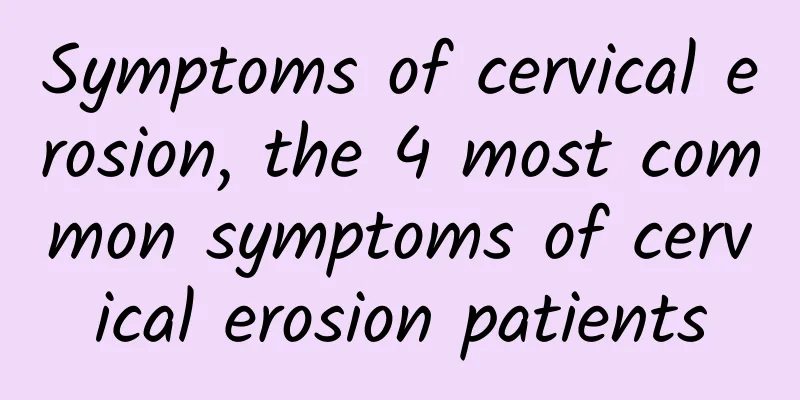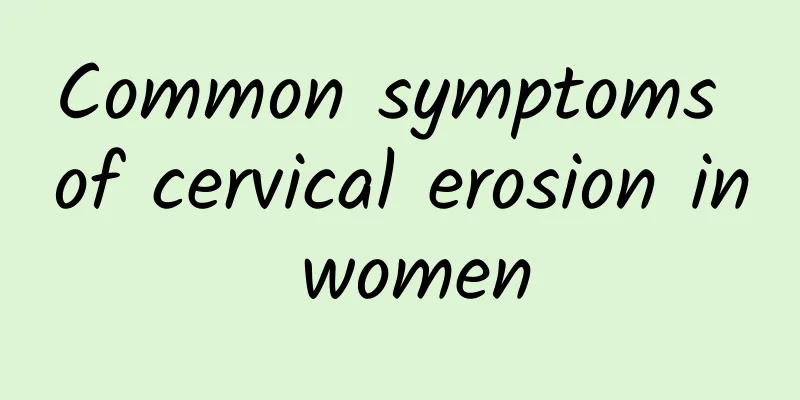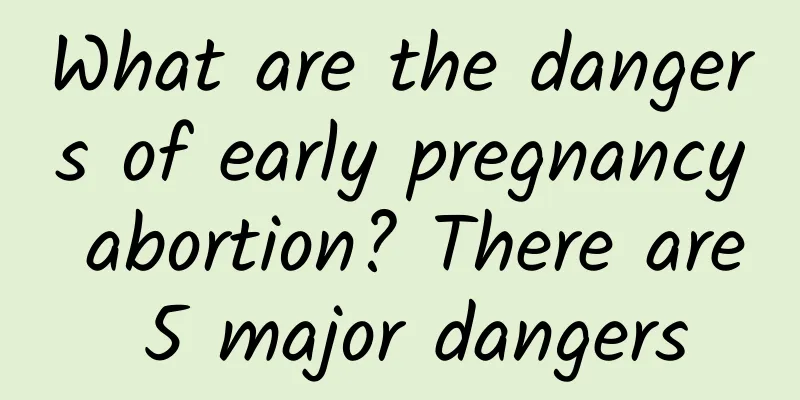What are the symptoms of endometritis and pelvic inflammatory disease?

|
The symptoms of endometritis and pelvic inflammatory disease overlap, but there are also significant differences, mainly in the location of pain, associated symptoms, and severity of the disease. Knowing the differences between the two can help clarify the diagnosis and choose the appropriate treatment. 1Different pain locations The pain of endometritis is usually concentrated in the lower abdomen, presenting as persistent distending pain, which is more obvious locally. The pain of pelvic inflammatory disease is wider, not only in the lower abdomen, but also radiating to the lumbar sacral region and thigh root, and the pain may be cyclically aggravated. 2 Differences in accompanying symptoms Endometritis patients often experience fever, chills and other infection symptoms, and may also be accompanied by abnormal vaginal discharge, which is yellowish in color and has a strange smell. In addition to fever, pelvic inflammatory disease can also cause menstrual disorders, pain after sexual intercourse or pain when urinating, and in severe cases, it may develop into chronic inflammation and lead to lifelong infertility. 3. Severity of the disease Endometritis is mostly caused by bacterial infection. The course of the disease is relatively local and easy to control. Early treatment usually leads to rapid improvement. In contrast, pelvic inflammatory disease is more complicated and prone to recurrence because the inflammation spreads to the entire pelvic cavity. Chronic pelvic inflammatory disease may even affect quality of life and fertility. The treatment of endometritis and pelvic inflammatory disease has different focuses. For endometritis, antibiotics can be used for treatment, such as cephalosporins; severe infections require surgical curettage. For pelvic inflammatory disease, a combination of broad-spectrum antibiotics is usually required, such as metronidazole plus aminoglycosides, supplemented with physical therapy or surgery when necessary. In daily diet, anti-inflammatory foods should be the main focus, such as fruits and vegetables rich in vitamin C, and the intake of greasy foods should be controlled. Moderate exercise, such as yoga and walking, can also help promote blood circulation. If symptoms do not improve in time or worsen, you should seek medical attention immediately to avoid delaying treatment and causing the condition to worsen. Understanding the difference between the two can help patients detect and treat them early, thereby effectively reducing the occurrence of health damage. |
<<: Typical symptoms of threatened miscarriage are
>>: What is the difference between dysfunctional uterine bleeding and menstruation?
Recommend
What medicine can be applied to uterine fibroids? What medicine is good for uterine fibroids?
Uterine fibroids are a common benign tumor in gyn...
How to determine the size of ovarian cysts and what are the symptoms?
How to determine the size of ovarian cysts? What ...
Drinking vegetable and fruit juice to reduce belly fat? 10 must-know Q&A
Drinking more fruit and vegetable juice is good f...
Postoperative care after Bartholinitis
Bartholinitis is usually caused by not paying att...
Several dangers of dysmenorrhea that female friends need to keep in mind
Clinically, the harm of dysmenorrhea is not just ...
Which is less harmful, surgical abortion or medical abortion? Let's take a look at the results of the comparison between surgical abortion and medical abortion
For women who have an unexpected pregnancy, the m...
What happens if there is too much pelvic fluid?
Pelvic effusion is a very common gynecological di...
Surgical treatment of Bartholinitis
Bartholinitis is a common disease among women. In...
Treatment cost of congenital absence of vagina
Congenital absence of vagina is basically inferti...
Matcha pudding is super popular! Follow the nutritionist's DIY and don't be afraid of falling into the oil and sugar crisis!
A well-known coffee shop chain launched matcha pu...
4 reasons why cervical erosion may turn into cancer and cannot be ignored. See a doctor immediately if 3 symptoms occur
Xiao Ying was diagnosed with cervical erosion dur...
What medicine is good for female cervical erosion? What is female cervical erosion?
What medicine is good for cervical erosion? Cervi...
Does artificial abortion affect fertility?
Does artificial abortion affect fertility? Artifi...
Is cervical precancerous lesion cone biopsy expensive?
Faced with cervical cancer, many women feel power...
Experts analyze the causes of recurrence of cervical erosion
There are many ways to treat cervical erosion, bu...









